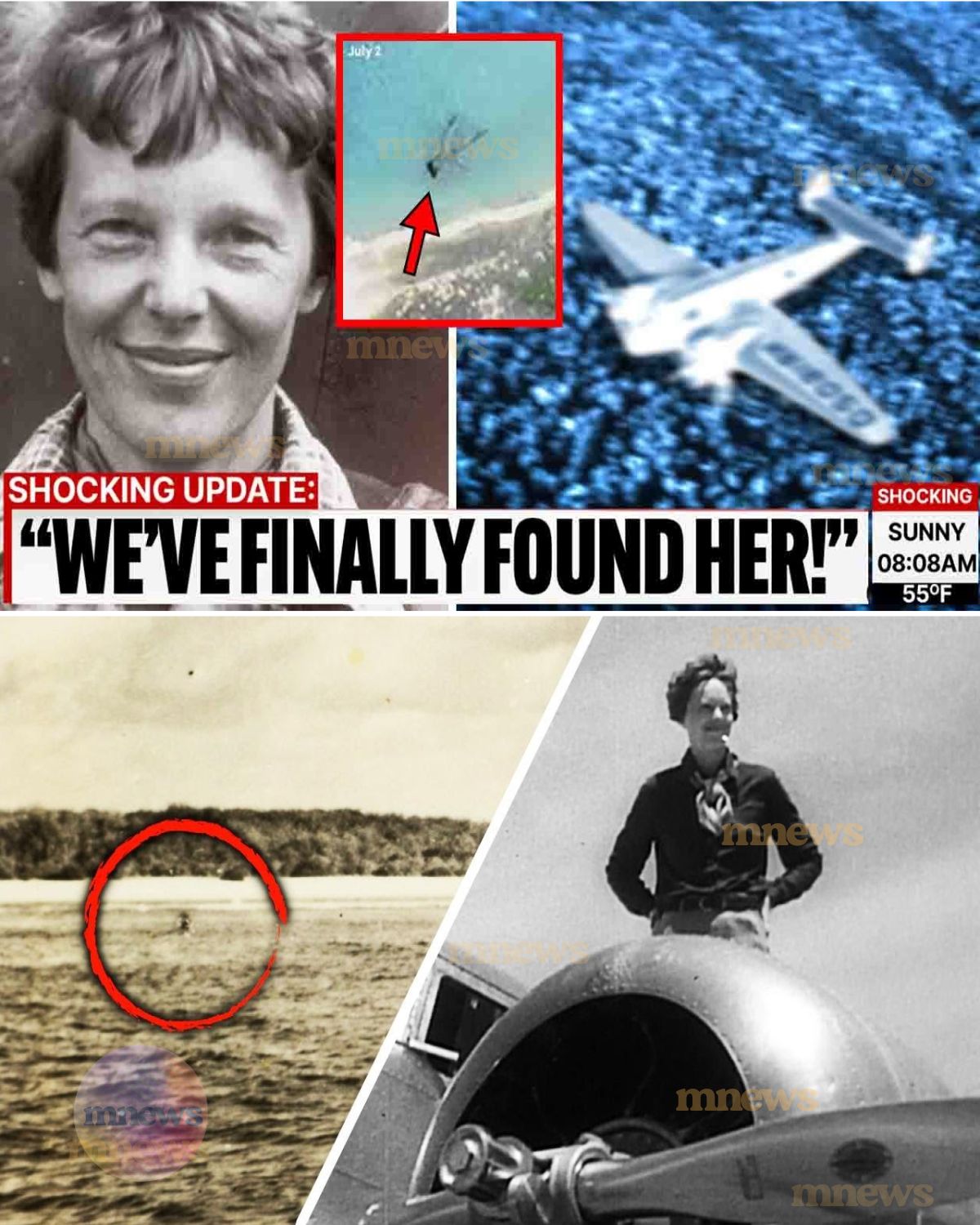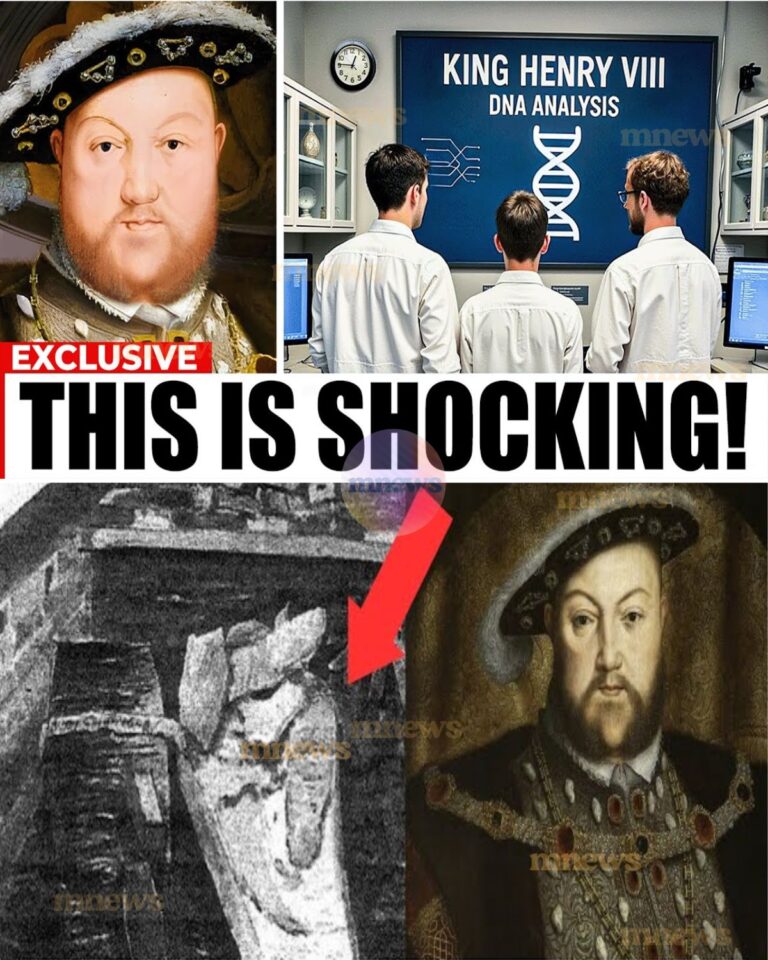After 88 years of speculation, the mystery surrounding Amelia Earhart’s disappearance may finally be solved, as a high-tech underwater drone has reportedly located what appears to be her missing plane, the Lockheed 10E Electra, resting three miles deep in the Pacific Ocean. This groundbreaking discovery by Deep Sea Vision, led by former U.S. Air Force intelligence officer Tony Romeo, challenges long-held theories and presents a chilling new narrative about the aviator’s final moments.

In January 2024, the team announced that the drone, nicknamed Hugan 6000, had identified a sonar anomaly that matches the size and shape of Earhart’s aircraft. This revelation suggests that instead of crashing on a deserted island or becoming castaways, Earhart and her navigator, Fred Noonan, may have made a tragic navigational error that led them to run out of fuel and ditch their plane in the ocean. The implications of this finding are profound, as it calls into question decades of speculation about her fate.
The search for Earhart began on July 2, 1937, when she and Noonan disappeared while attempting to fly around the world. Their last known communication indicated they were close to Howland Island, a tiny landmass that served as a refueling stop. However, they were unable to locate it, and a massive search operation was launched by the U.S. government, which ultimately turned up no trace of the plane or its occupants.

For years, the prevailing theory suggested that the pair had crashed and sunk near Howland Island, but many believed this explanation was too simplistic. Alternative theories emerged, including the castaway hypothesis, which posited that Earhart and Noonan had landed on Gardner Island (now Nikumaroro) and perished there. This theory gained traction due to various artifacts discovered on the island, including items that some claimed could be linked to Earhart. Yet, the absence of the plane itself left many questions unanswered.
The recent discovery, however, shifts the narrative dramatically. The sonar image indicates that the plane is largely intact, suggesting a controlled ditching rather than a catastrophic crash. This aligns with the deline theory, which posits that a minor navigational error—specifically, failing to adjust for the international date line—could have led the pair to search in the wrong area, missing Howland Island by as much as 60 miles.

As the drone team prepares for a return expedition to capture high-resolution images of the wreckage, the potential confirmation of this finding could finally bring closure to one of aviation history’s most enduring mysteries. The haunting reality is that Earhart and Noonan may have faced a swift and tragic end, with no opportunity for survival after their plane sank into the depths of the ocean.
This latest development serves as a stark reminder of the risks faced by early aviators like Earhart, who pushed the boundaries of aviation in an era when technology was still in its infancy. While the prospect of discovering the plane is thrilling, the truth it may reveal is sobering—a reminder that sometimes, the simplest explanations can be the most devastating. As the world awaits further updates from the Deep Sea Vision team, the legacy of Amelia Earhart continues to captivate and inspire, even as the final chapter of her story looms closer to resolution.





